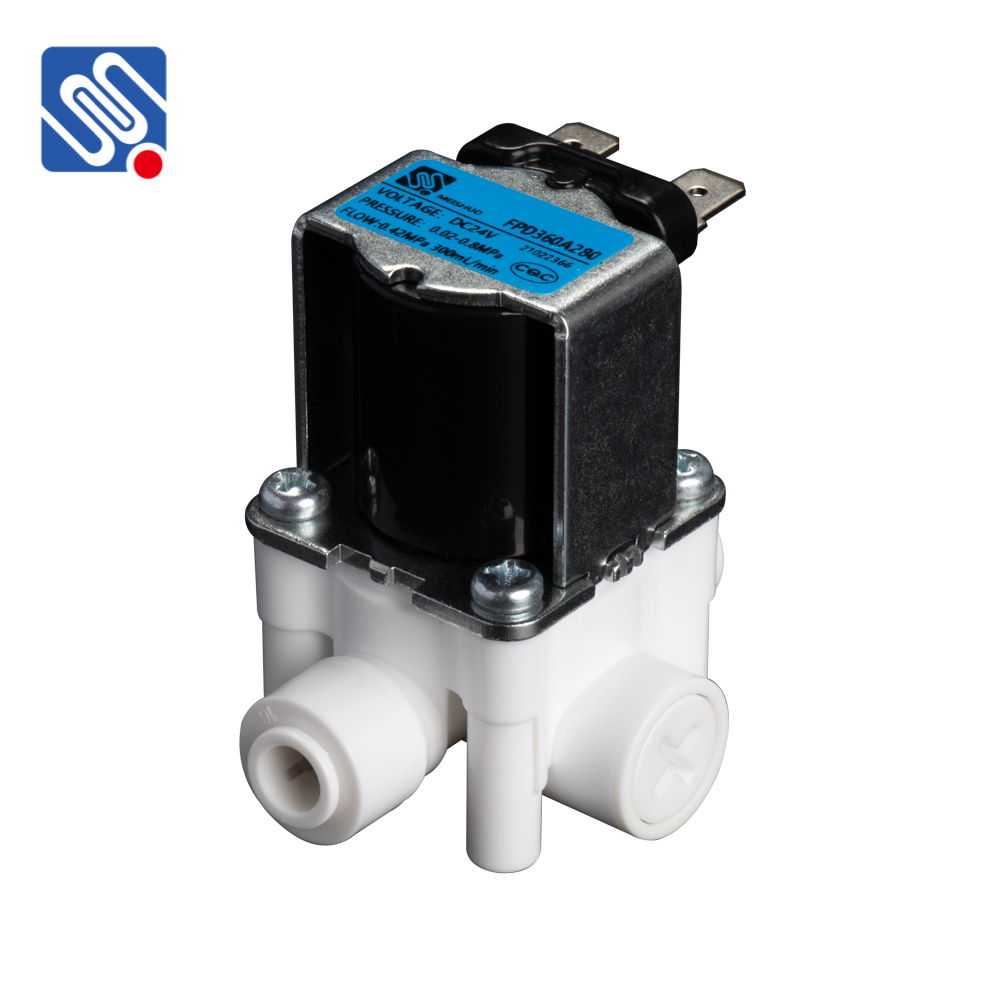DC solenoid valves are essential components in various industries, providing efficient control over the flow of liquids and gases. Whether in home appliances, automotive systems, or industrial machinery, these valves are indispensable for automated systems. This article explores the functionality, key applications, and advantages of DC solenoid valves, shedding light on their importance and growing use in modern technologies.

What is a DC Solenoid Valve? A DC solenoid valve is a type of electrically operated valve that uses a solenoid (electromagnet) to control the opening and closing of a valve. When direct current (DC) electricity flows through the solenoid, it generates a magnetic field that either pulls or pushes an iron core, which in turn opens or closes the valve. This process enables precise control of fluid or gas flow, making DC solenoid valves ideal for automation applications. How Do DC Solenoid Valves Work? The operation of a DC solenoid valve is relatively straightforward. The valve consists of a coil, an iron core, a spring, and a valve body. When DC voltage is applied to the coil, the iron core moves, either opening or closing the valve depending on the design. The spring returns the core to its default position when the voltage is turned off, ensuring the valve is either open or closed based on the electrical signal.